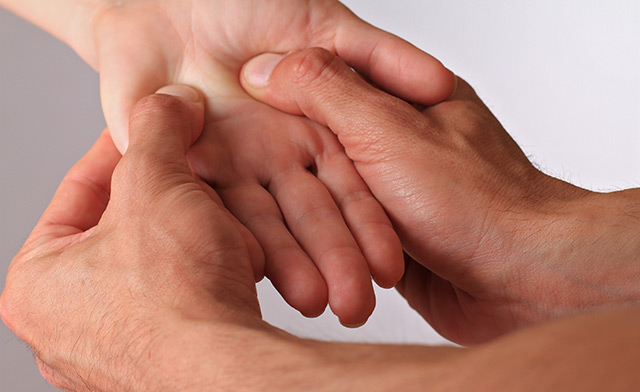Air pollution can cause birth defects: Women exposed before conceiving are 20% more likely to have babies with problems
01/03/2019 / By Zoey Sky

According to a group of researchers, pregnant women need to take the measures to minimize their exposure to air pollution because it can cause birth defects.
The results of the study reveal that women who are exposed to air pollution before they were pregnant have at least a 20 percent chance of giving birth to infants with birth defects. Residing at least five kilometers (km) away from highly-polluted areas one month before they become pregnant also increases the chances that they will give birth to a child who has a birth defect, like cleft lips or palates.
Based on the results of the study, “[f]or every 0.01mg/m3 increase in fine air particles, birth defects rise by 19 percent.” (Related: Air pollution killing thousands of Europeans every year, according to the EU’s environmental authority.)
Fine air particles have a weight of less than 0.0025 milligrams (mg) and they are released in vehicle exhaust fumes. Once an individual inhales fine air particles, they are deposited in the lungs. These particles are then circulated within the body.
Earlier studies have determined a link between fine air particles and women who have inflammation and “internal stress,” both of which can cause the birth defects in some of the infants. At least three percent of infants born in the U.S. have birth defects.
Carrying out the research
The scientists from the University of Cincinnati observed at least 290,000 infants who lived in Ohio between 2006 and 2010. The researchers then matched the monthly fine air particle levels to the home addresses of women before and after they were pregnant. The results also showed that women who lived within 10 km of a polluted area at least a month after conceiving also increased the risk of giving birth to an infant with a birth defect.
Aside from cleft lips or palates, another common complication is “the protrusion of the stomach or intestines through an unusual opening in the abdomen.” The study results were published in The Journal of Pediatrics.
The study was released after scientists from The Johns Hopkins University published the results of a separate study on Dec. 2018. The results of the earlier study determined that young children who were exposed to air pollution while growing up had a higher chance of developing asthma. Coarse particulate matter, or a mixture of “dust, sand, and non-exhaust tailpipe emissions,” increases the risk of children under eleven developing asthma by at least 1.3 percent.
Tips to minimize air pollution
While you can only do so much to avoid air pollution in public areas, here are some tips that can help you minimize pollution on a smaller scale:
- Buy energy efficient cars — If you have the means to do so, get vehicles and other items that are eco-friendly. Always choose an energy efficient car when possible.
- Plant a garden — Simply planting a garden can help give the air the nutrients it needs to be “cleaner.” Check some reference books or go online to see which ones are easy to grow in your area.
- Buy low-VOC or water-based paints — These paints are based with water and not oil. When you use products with less oil, it means less oil is being produced overall.
- Turn off lights that you’re not using — Don’t leave lights on, especially when no one’s using them. Using more traditional power means you’re wasting more energy while polluting the air.
- Use green electricity — Consider buying electricity generated from renewable energies such as hydroelectric, wind, or solar power.
- Dry clothes on a clothesline — Drying your clothes on a clothesline helps save energy instead of using a dryer.
- Reuse paper bags — Paper bags are already recycled, and by reusing them you’re using less plastic bags.
Read more articles on how to minimize air pollution at GreenLivingNews.com.
Sources include:
Tagged Under: Birth defects, children's health, cleft palate, fine air particles, infant health, inflammation, internal stress, particulate matter, pregnancy, women's health



















